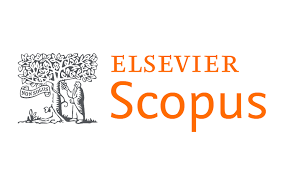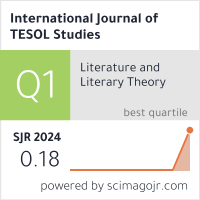2632-6779 (Print)
2633-6898 (Online)


Scopus
Ulrich’s Periodicals Directory (ProQuest)
MLA International Bibliography
MLA Directory of Periodicals
Directory of Open Access Journals (DOAJ)
QOAM (Quality Open Access Market)
British National Bibliography
WAC Clearinghouse Journal Listings
EBSCO Education
ICI Journals Master List
ERIH PLUS
CNKI Scholar
Gale-Cengage
WorldCat
Crossref
Baidu Scholar
British Library
J-Gate
ROAD
BASE
Publons
Google Scholar
Semantic Scholar
ORE Directory
TIRF
China National Center for Philosophy and Social Sciences Documentation
Arianna Zanetti
University of Gothenburg, Sweden
Elena Volodina
University of Gothenburg, Sweden
Johannes Graën
Pompeu Fabra University, Spain
Abstract
Creating language learning exercises is a time-consuming task and made-up sample sentences frequently lack authenticity. Authentic samples can be obtained from corpora, but it is necessary to identify material that is suitable for language learners. Parallel corpora of written text consist of translated material. Comparing the text in one language with its translation into another (known) language makes the structure accessible to the learner. However, the correspondence of words between the two languages is more important. By carefully selecting well-suited parallel sentences, a learner can explore the target language in a guided way. We present an approach to generate a novel type of language learning exercise from a large parallel corpus based on movie subtitles. The size of the corpus allows for defining selective criteria, favoring precision over recall. It is a non-trivial task to give reliable feedback to automatically generated exercises. ICALL literature often deals with fill-inthe-blanks exercises or multiple-choice questions, which allow for very limited answer options. Our proposed exercise is a special case of sentence reconstruction on bilingual sentence pairs. It combines two elements which have proven to be effective for language learning: a gamified approach, to awaken the students’ competitive desire, and the identification of syntactic structures and vocabulary use, to improve language sensitivity. This article presents the methods used to select example pairs and to implement a prototype.
Keywords
ICALL, exercise generation, parallel corpora